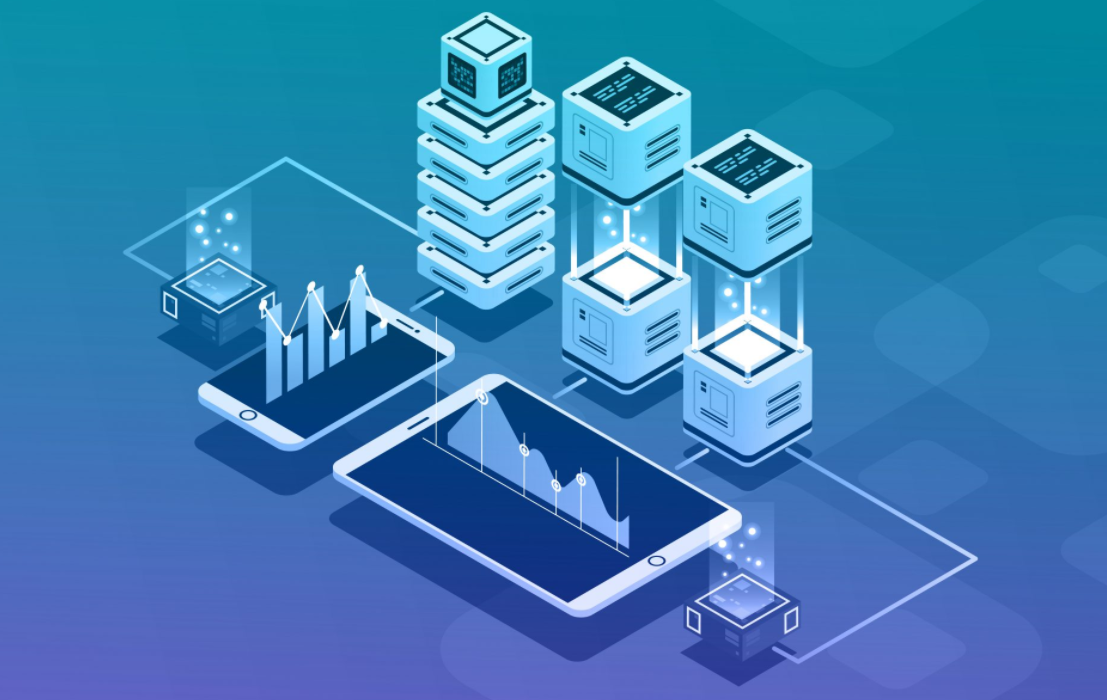Alongside IoT growth, so do cyberattacks

Predictions that there will be billions of devices connected to the Internet of Things (IoT) by 2020 will soon be put to the test. In just over two years you will be able to know how accurate analysts and researchers were, but regardless of how many millions of devices are connected, what is clear is that there will be a growth in the number of connections at a level like never seen before.
Therefore, there is a need on the part of organizations to change their mindsets regarding IoT in order to prepare for this incredible increase, as it will soon be very normal to be able to connect any device anywhere.
IoT solutions will go from tactics to strategic necessity, and internal debate will shift from the cost of IoT solutions to the perceived value these solutions can offer to offset the cost.
The inner workings of IoT are more clearly understood by the trials and tests that have been carried out in recent years, but there are still significant challenges to be solved. As confidence in IoT solutions grows, they have become more critical and important to organizations, now looking for IoT to support their businesses.
IoT solutions market to move millions by 2020
According to the predictions the year 2020 will be marked by connectivity. On the one hand according to the IDATE Institute in 2020, 80 billion devices will have been connected. IDC, for its part, says the IoT solution market will move $7.1 billion and employ more than 36 million people within three years.
Juniper Research said in a report that retailers will have more than 12,500 IoT-connected devices by 2021.
And for its part, Beecham Research said that the number of devices connected to IoT will grow 20 times in the period 2016 to 2022, demonstrating a large increase in scale.
Sectors that will drive IoT by 2020
According to us-based consultancy MarketsandMarkets, the sector that will move the largest turnover in 2020 will be industrial (IIOT), which will benefit from the development of technologies such as IPV6, sensor proliferation, cloud computing, Big Data and faster communication standards like 5G.
This sector will generate a $320 billion business, mainly driven by intelligent manufacturing, understood as the integration of machine-collected data and human intelligence, and the exchange of information between sensors, control COMPUTERized, IT and production management software.

Second, the health sector is placed with a market volume estimated at $163 billion according to MarketsandMarkets. Thus, the adoption of IoT solutions in this segment will improve the operational efficiency of hospitals in the management of clinical histories and the monitoring of inpatients.
Third would be smart cities whose IoT-related projects will generate nearly $147 billion by 2020. With over 200 ongoing projects related to smart cities around the world, the business opportunity for manufacturers, installers, service providers, platform providers and IoT consultants is huge.
Growth in cyberattacks on IoT devices
But at the same time as IoT grows so does the risk of cyberattacks. According to a study by Kaspersky Lab, the total number of malware targeting IoT devices has exceeded 7,000, with more than half of them appearing for the first time in 2017.
With over 6 billion smart devices currently connected around the world, users are checking how more and more malware is threatening their digital lives.

According to the Study of Kaspersky due to the large number and variety of devices existing today (smartwatches, smart TVs, cameras, routers…), IoT has become one of the main targets of cybercriminals, as they can spy on the people without them noticing, can blackmail them or even make them complicit in their attacks.
Countries most affected by attacks against IoT devices
Kaspersky Lab experts have conducted a study on IoT malware to examine how severe the danger poses. Most recorded attacks targeted IP cameras or digital video recorders (63%) and to a lesser extent against network devices (20%) including routers and modems.
On the other hand, China (17%), Vietnam (15%) and Russia (8%) were at the forefront as the countries most affected by attacks against IoT devices, each with a large number of infected computers. Brazil, Turkey and Taiwan, with a 7% in each case, were then located.

Vladimir Kuskov, security expert at Kaspersky Lab, commented that, “In the last year we were able to see not only that it was possible to attack connected devices, but that we were facing a real danger. We’ve seen this year’s number of IoT-targeted malware grow, but it still has a long way to go. Apparently, the highly competitive market for DDoS attacks is causing many of these cybercriminals to seek new resources to increase the strength of their actions. Several analysts predict that by 2020, the device number could reach between 20 and 50 billion.”


